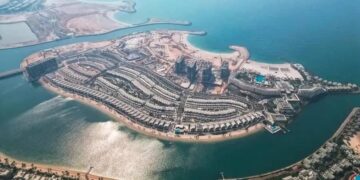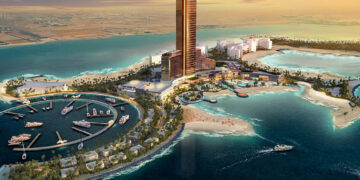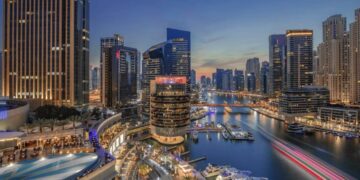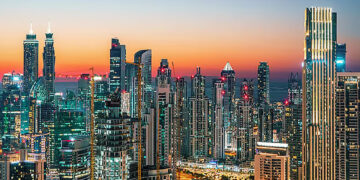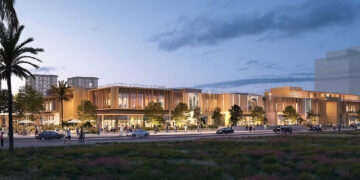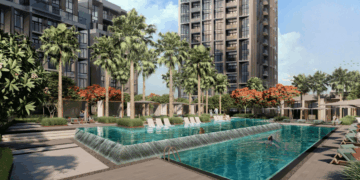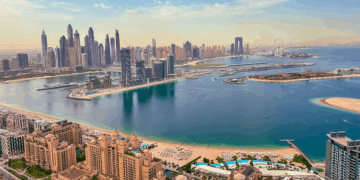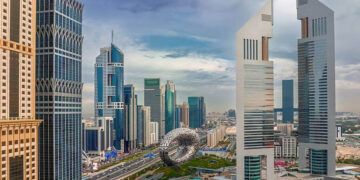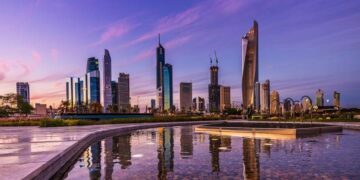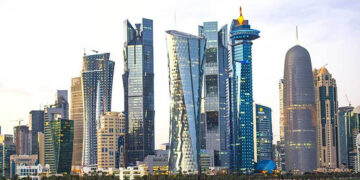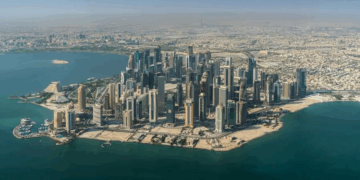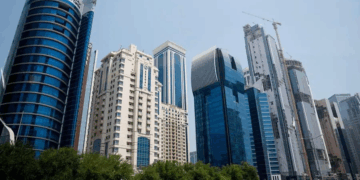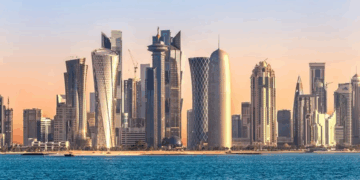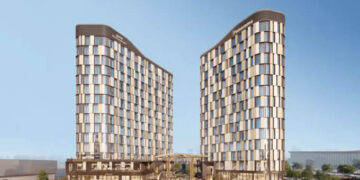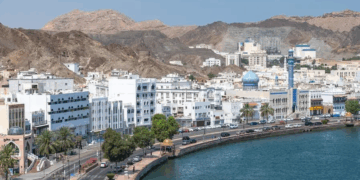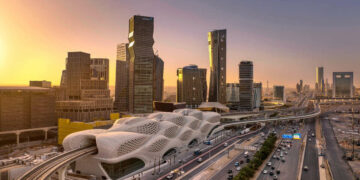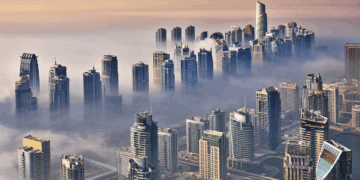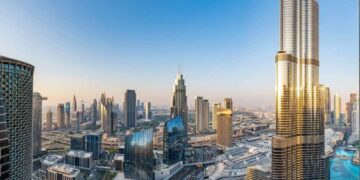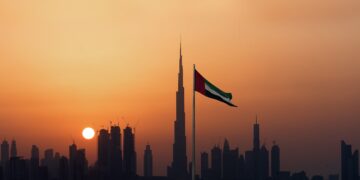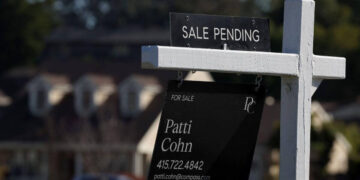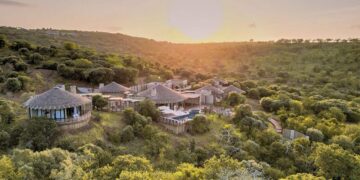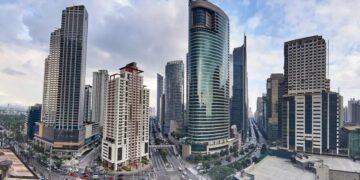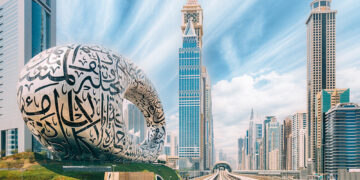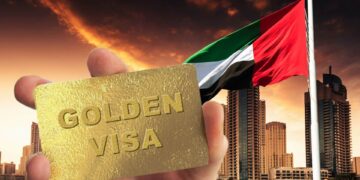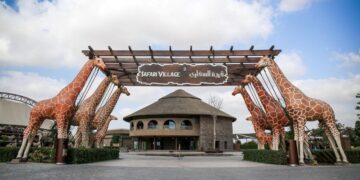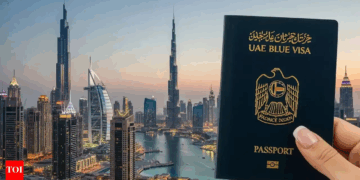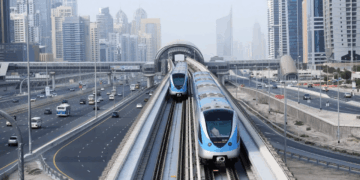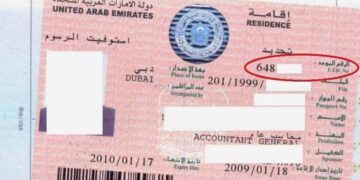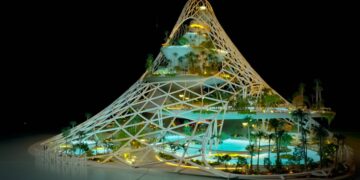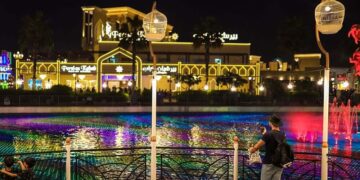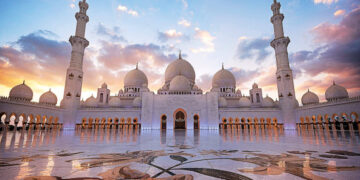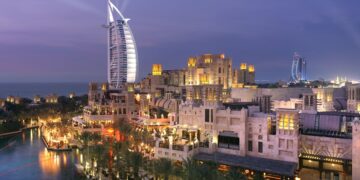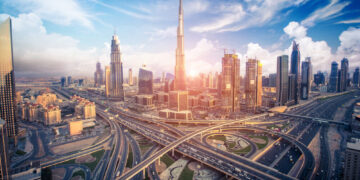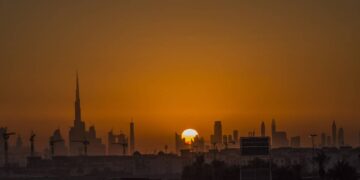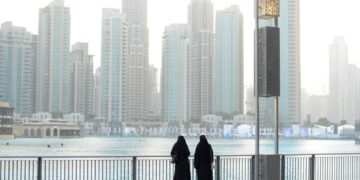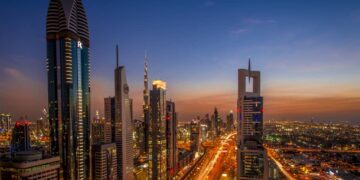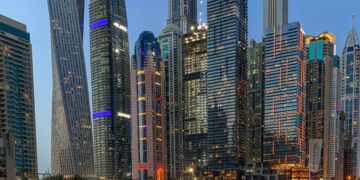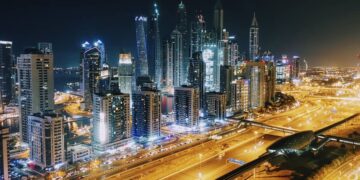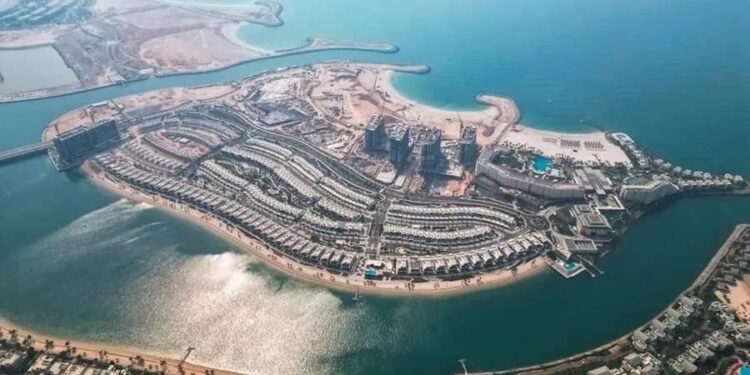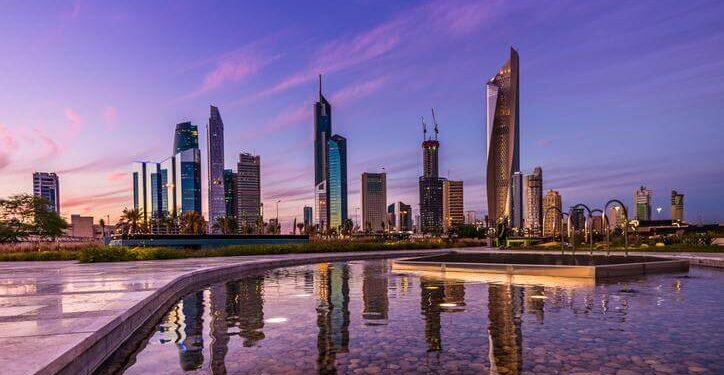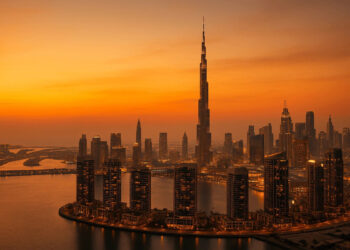According to a local report by Al Asmakh Real Estate Development, Qatar’s retail real estate market has experienced an astounding 200 percent growth since 2015, with over $18 billion in sales projected by mid-2024.
Rapid urbanization, strong population growth, and significant infrastructure advancements have all contributed to this breakthrough. The expansion of this industry is considered essential to Qatar’s aspirations for economic diversification, as the government looks to establish the nation as a major hub for investments from international brands.
Experienced real estate analyst Salman Al Hammadi believes that several convergent factors are responsible for this extraordinary growth.
“The increase in Qatar’s population and urban expansion naturally boosts the demand for retail spaces,” Hammadi explained. “Moreover, the government’s strategic infrastructure investments have paved the way for modern shopping and entertainment centres, attracting both local and international retailers.”
Echoing Hammadi’s insights, senior economist Ali Al Zoubi highlighted the broader economic implications. “This boom in retail real estate isn’t just about new shopping malls; it’s a driving force for the economy,” he stated. “It spurs consumer spending, generates employment and supports sectors like construction and logistics. The government’s ambition to diversify the economy beyond oil and gas finds a strong ally in these developments.”
Saleema Shu’ani, an urban planner, emphasized how vital infrastructure is to sustaining the rise of the real estate industry.
“The ongoing infrastructure projects, particularly in transportation and services, are directly linked to the thriving real estate market,” Shu’ani noted. “These developments make retail areas more accessible and desirable, driving up both occupancy rates and rental income.”
There are seasonal ups and downs in the real estate market even with its general growth. There is usually a decrease in activity during the summer and the holidays.
For example, only 55 transactions totaling approximately QR275 million ($75.5 million) were recorded between July 7 and July 11. Notably, transactions totaling more than QR35 million were made in locations like The Pearl where non-Qataris are permitted to own real estate. During this time, a variety of properties were exchanged, including empty lots, houses, apartment complexes, and individual residential units.
A total of QR8.16 billion worth of real estate transactions were completed in the first half of the year, according to data from the Real Estate Registration Department of the Ministry of Justice. In contrast to QR4.41 billion in the first quarter of 2023, this included QR4.63 billion in the first quarter and QR3.54 billion in the second.
With 1,256 deals representing 62.8 percent of the total, residential properties accounted for the majority of the transactions. At 36.2 percent, there were 724 deals involving vacant lands.
There were only 19 transactions involving commercial buildings or less than 1% of the total. According to Cushman and Wakefield, the number of apartments and villas available in Qatar has increased to over 400,000 units this year, with a growth rate of 6.2 percent per year over the previous ten years.
One of the main pillars of Qatar’s economic diversification strategy is the rise of retail real estate. In order to establish Qatar as a top investment destination, the government intends to draw in a large number of global brands through its massive infrastructure development plans and large real estate sector investments.
These advancements, as Hammadi noted, are consistent with Qatar’s National Vision 2030.
“These projects are part of a broader strategy to create a sustainable and diversified economy,” he said. “By enhancing the retail landscape, Qatar is not only meeting the needs of its growing population but also laying the groundwork for a more resilient economic future.”
Modern technology integration will be crucial in new retail spaces, according to Zoubi.
“The adoption of smart technologies and sustainable practices in retail real estate will distinguish Qatar’s market,” he predicted. “This forward-thinking approach will attract high-quality investments and ensure long-term growth.”
Shu’ani emphasized how important it is to keep improving the infrastructure.
“The seamless integration of transportation networks with retail and residential areas will further boost the attractiveness of Qatar’s real estate market,” she opined. “As accessibility improves, so will the demand for high-quality retail spaces, driving further growth.”
The retail real estate market in Qatar faces difficulties even though the future appears bright. The current summer slowdown is an example of a seasonal fluctuation in the market that stakeholders must navigate. In order to prevent market saturation, supply and demand must also be balanced.
“Managing the supply pipeline effectively is essential,” cautioned Hammadi. “Overbuilding could lead to an oversupply, which might impact rental yields and occupancy rates. Strategic planning and market analysis are key to sustaining growth.”
Zoubi emphasized the significance of regulatory frameworks that safeguard investors while promoting growth.
“Clear and transparent regulations will foster a stable investment climate,” he advised. “It’s important for the government to continue providing incentives and support to both local and international investors.”
Shu’ani focused on sustainable urban development in her conclusion.
“As Qatar’s retail real estate market expands, it’s vital to ensure that growth is sustainable and environmentally friendly,” she asserted. “Incorporating green building practices and promoting energy efficiency will not only benefit the environment but also enhance the market’s attractiveness to eco-conscious investors.”
Due to significant infrastructure investments, urbanization, and population growth, Qatar’s retail real estate market is expanding impressively.
